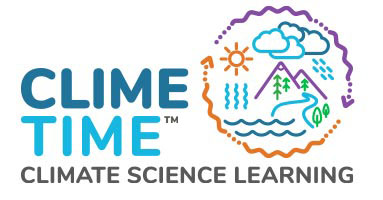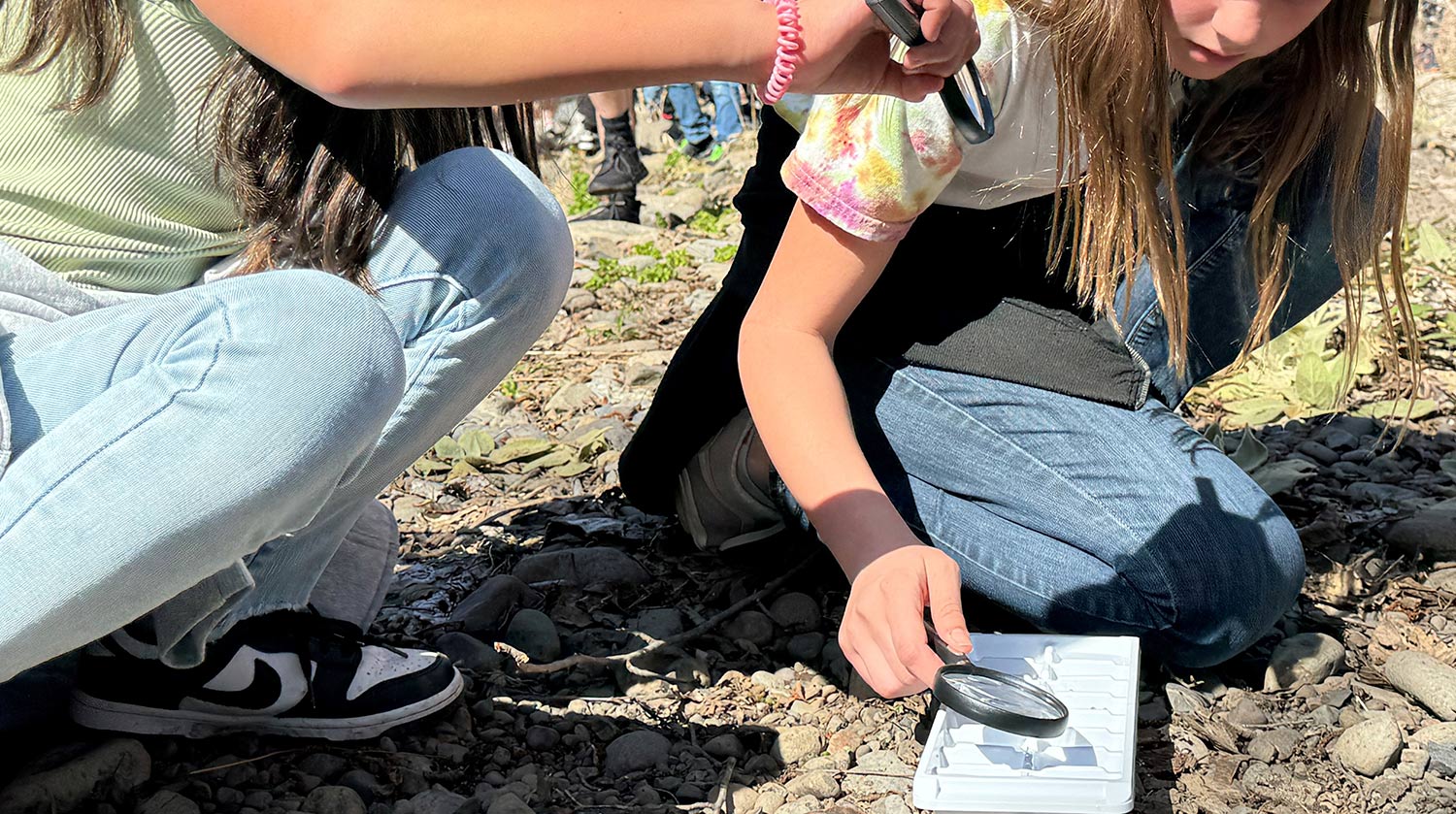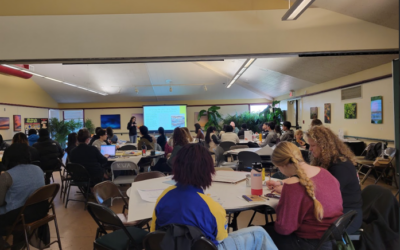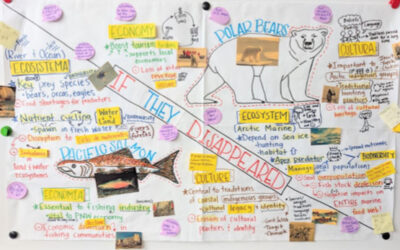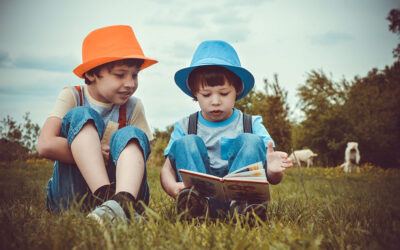In a remarkable collaboration, educators and environmentalists from Sharpstein Elementary in Walla Walla, WA, embarked on a transformative journey of experiential learning. Led by 5th-grade teachers Mr. James, Mr. VanDonge, and Ms. Keyes, alongside Principal Mrs. Garcia, they partnered with Alison Crowley from the Walla Walla County Conservation District to delve into the world of native plant species and conservation efforts, aiming to restore a creekside area near their school.
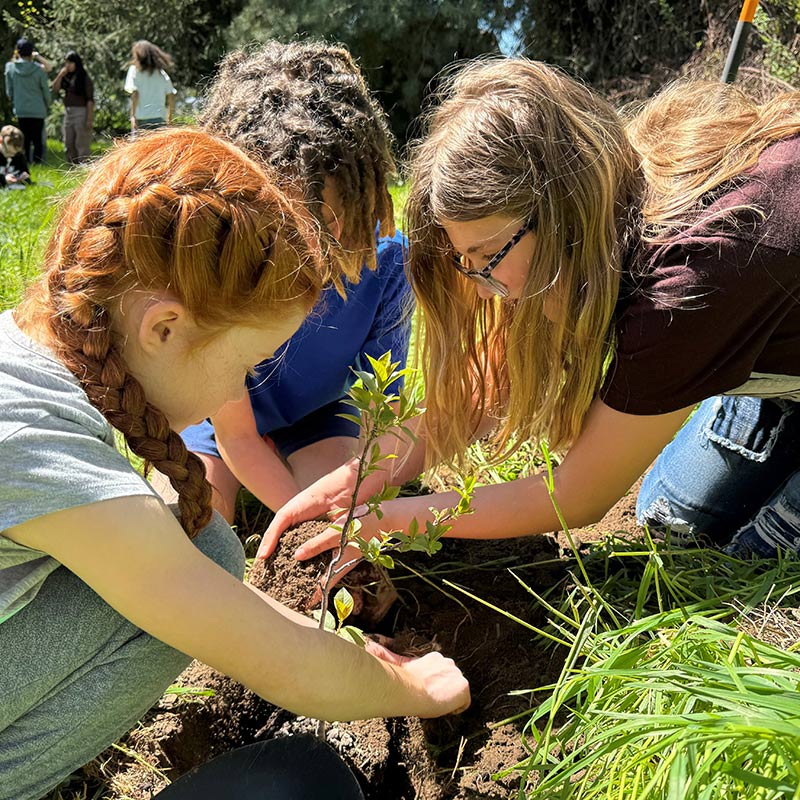
Student restoring native plants
This immersive experience not only enriched the professional development of the teachers but also had a profound impact on student learning. Through hands-on activities like visiting a previously restored area near Mill Creek, conducting water and soil samples, and crafting a restoration plan, both educators and students gained invaluable insights into riparian zones and the importance of native flora in ecosystem restoration.
For the teachers, this collaborative project provided a unique opportunity to deepen their understanding of environmental science while honing their skills in project-based learning and interdisciplinary instruction. Moreover, by actively participating in the restoration process, they modeled a spirit of environmental stewardship for their students. Simultaneously, students were immersed in real-world conservation efforts, witnessing the impact of human actions on the environment and the power of collective action in restoring ecological balance. This hands-on approach not only enhanced their scientific knowledge but also fostered a sense of responsibility towards nature, instilling in them the importance of preserving biodiversity for future generations.
Parent chaperone, Shannon Lucas-Roberts, was thoroughly impressed with design and execution of the unit. She said, “I’m so glad the Sharpstein 5th grade was able to participate in the ClimeTime project. Not only did the students get to learn from ecological professionals; they also got to go out into the field, see the changing environment, sample it, analyze it, and take action to make positive change through removing invasive species and planting native species. This was an immersive experience for the students, and they seemed to love it. The students I worked alongside took pride in planting the kinnikinnick, mock orange, and other plants with care, and felt empowered that they were able to do something helpful. I think it’s imperative for elementary age children to get a realistic understanding of the natural world and the effects people have and can have on the environment, both negatively and positively.”
